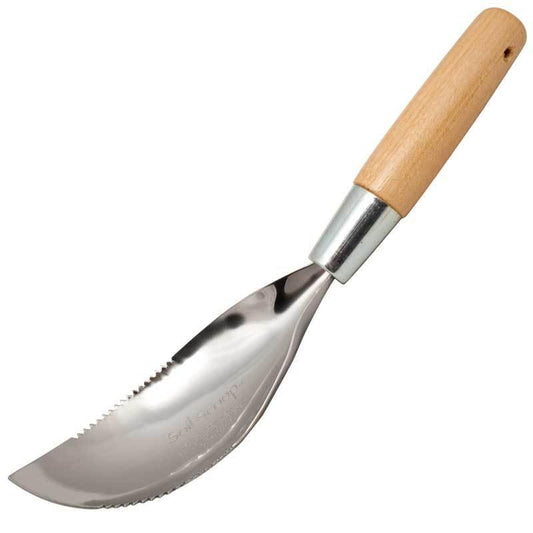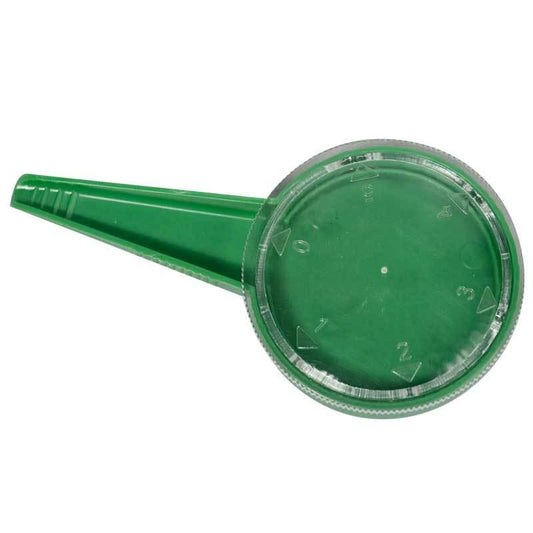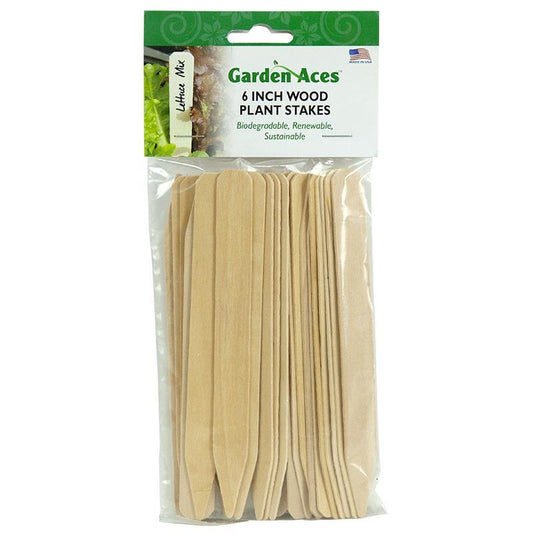Enjoy Microgreens at Home
It’s dark, cold, and your outdoor garden is either dormant or nonexistent. Whether you’re staring at a snow-covered yard or the view from a 12th-floor apartment, growing fresh, healthy greens might seem impossible. But don’t despair—you can grow microgreens at home all year round, regardless of your living situation.
Microgreens are a super-nutritious and flavorful way to grow your own food indoors. All you need is a sunny window, a shallow container, potting soil, seeds, and water. Whether you’re on a 12-acre farm or living in a city high-rise, these tiny greens can bring fresh life to your meals and brighten your home.
What Are Microgreens?
Microgreens are the perfect middle ground between sprouted seeds and baby greens:
- Sprouted Seeds: Grown in water, harvested just after germination.
- Microgreens: Grown in soil, harvested when they’re about 2 inches tall.
- Baby Greens: Grown in soil and harvested at 3–4 inches tall.
Microgreens pack intense flavor and nutrients into a small package. They’re beloved in culinary circles for their vibrant colors, unique textures, and bold tastes. While they’re often found in high-end restaurants, you won’t typically see them in your local grocery store. That’s why growing microgreens at home is such a rewarding and practical project.
Why Grow Microgreens at Home?
Growing microgreens indoors offers several benefits:
- Year-Round Freshness: Enjoy fresh, nutrient-packed greens no matter the season.
- Nutritional Powerhouse: Microgreens are rich in vitamins, minerals, and antioxidants, making them a fantastic addition to a healthy diet.
- Quick Turnaround: Most microgreens are ready to harvest in just 7–21 days.
- Minimal Space Required: Perfect for small apartments or homes without outdoor gardens.
- Culinary Versatility: Add a pop of color and flavor to salads, sandwiches, soups, and more.
Cooking with Microgreens
Microgreens bring more than just nutrition to the table—they add a range of flavors to your dishes. With profiles ranging from spicy to mild to herbaceous, there’s a microgreen to suit every meal. Here are some of the best varieties for different flavors and uses:
- Spicy: Radish, mustard greens, and arugula for a kick in sandwiches and salads.
- Mild: Peas, kale, and chard for subtle sweetness.
- Herbaceous: Basil, cilantro, and dill for enhancing soups and garnishes.
If you’ve ever struggled to find microgreens in the supermarket, growing them yourself is the solution. Tricia explains the step-by-step process in our video, but below, we’ll help you figure out which varieties to grow for your favorite flavors and dishes.
Popular Microgreens to Grow
One of the biggest attractions of microgreens is the sheer variety of plants you can grow. From vibrant amaranth to peppery arugula, here are some of the best microgreens to try:
- Amaranth These greens are versatile and can be used fresh in salads, sautéed as a side dish, or added to soups and stir-fries for a splash of color and earthy flavor.
- Arugula - Organic Arugula Sprouting Seeds are a small but mighty powerhouse of nutrition and flavor.
- Basil Corsican Basil, Genovese Basil, Ornamental Mix Basil, Culinary Blend Basil, Dark Purple Opal Basil, Thai Basil, Lime Basil, Sweet Basil, Lemon Basil
- Beet Bull's Blood Beet, Detroit Golden Beet, Detroit Dark Red Beet, Chioggia Beet, Green Top Bunching Beet, Early Wonder Tall Top Beet, Cylindra Beet
- Broccoli Di Ciccio Broccoli, Calabrese Broccoli, Rapinni Broccoli, Te You Chinese Broccoli
- Cabbage Golden Acre Cabbage, Red Express Cabbage, Pak Choi Chinese Cabbage, Pak Choi, Baby Shanghi Chinese Cabbage
- Carrot Culinary Blend Carrot, Solar Yellow Carrot, Rainbow Blend Carrot, Atomic Red Carrot, Cosmic Purple Carrot, Dragon Carrot, Parisienne Carrot, Danvers Carrot, Little Finger Carrot, Kuroda Carrot, Chantenay Carrot, Scarlet Nantes Carrot
- Chard Five Color Silverbeet Chard, Yellow Chard, Fordhook Giant Chard, Red Ruby Chard, Pink Flamingo Chard
- Dill Mammoth Dill, Bouquet Dill
- Fennel Bronze Fennel, Florence Fennel
- Kale White Russian Kale, Lacinato Kale, Red Russian Kale
- Kohlrabi White Vienna Kohlrabi, Purple Vienna Kohlrabi
- Greens Red Orach, Collard Greens, Vit Mache, Mizuna Mustard, Tendergreen Mustard, Southern Giant Curled Mustard, Bloomsdale Spinach, Sorrel, Cilantro, Arugula
- Onions Valencia Onion, Walla Walla Onion, Evergreen Bunching Onion, Cippollini Onion, Cortland Onion, Rossa Di Milano Onion,
- Chives Garlic Chives, Common Chives
- Parsley Italian Parsley, Moss Curled Parsley
- Peas Sugar Snap Pea, Sugar Daddy Pea, Mammoth Melting Pea, Progress #9 Pea, Oregon Sugar Pod II Pea, Pea Shoots
- Radish Sparkler Radish, Watermelon Radish, White Beauty Radish, Daikon Radish, Cherry Belle Radish, French Breakfast Radish, White Icicle Radish, German Giant Radish, Pink Beauty Radish, China Rose Radish, Easter Egg Mix
How to Grow Microgreens
Growing microgreens at home is simple and rewarding.
Here’s how to get started:
What You’ll Need:
- A shallow container (recycled trays or seedling flats work well).
- Potting soil or a growing medium like coco coir.
- High-quality seeds labeled specifically for microgreens.
- A sunny window or grow lights.
Steps:
- Prepare the Container: Fill your container with about 1–2 inches of potting soil. Gently pat down the surface to create an even bed.
- Sow the Seeds: Sprinkle seeds evenly across the soil surface. Avoid overcrowding to ensure good airflow.
- Water: Lightly mist the soil with water to moisten it. Use a spray bottle to avoid displacing seeds.
- Cover and Germinate: Cover the container with a lid or plastic wrap to retain moisture. Keep it in a warm, dark place until seeds germinate.
- Move to Light: Once the seeds sprout, move the container to a sunny window or under grow lights.
- Harvest: When your microgreens reach about 2 inches tall (usually within 1–3 weeks), use scissors to snip them just above the soil line.
Tips for Success
- Choose the Right Seeds: Not all seeds are suitable for microgreens. Opt for varieties labeled for microgreen use to ensure healthy growth.
- Rotate Your Trays: If you want a continuous supply, stagger your plantings by a week or two.
- Avoid Overwatering: While microgreens need consistent moisture, overly wet soil can lead to mold. Mist lightly as needed.
- Experiment: Try different combinations of seeds to discover your favorite flavors and textures.
The Nutritional Power of Microgreens
Microgreens are often called “superfoods” for good reason. They contain concentrated levels of vitamins, minerals, and antioxidants compared to their mature counterparts. Studies have shown that microgreens may contain up to 40 times more nutrients than fully grown vegetables!
Popular microgreens like kale, radish, and broccoli are rich in:
- Vitamin C: Boosts immune health.
- Vitamin K: Supports bone strength.
- Beta-Carotene: Promotes healthy skin and vision.
- Antioxidants: Protect cells from damage caused by free radicals.
Adding microgreens to your meals is a simple way to increase your nutrient intake and add fresh, vibrant flavors to your diet.
Take Your Microgreens to the Next Level
Once you’ve mastered the basics, consider branching out with more exotic varieties or exploring advanced techniques. For additional information on growing greens, see our Growing Guide for Lettuce and Greens in the Resource Center.








4 comments
Kristin, Yes you can sprout Russian Mammoth sunflower seeds. I just would not advise using seed that is not considered food grade.
Wondering if Russian Mammoth sunflower seeds are safe to grow as microgreens? Seeds say edible, I’m guessing yes?
Richard, those seeds are not considered food-grade. They are sold as cover crop seeds for planting as livestock pasture.
is this product safe to use to grow microgreens:
Non-Dormant Alfalfa – Nitrocoated Seed